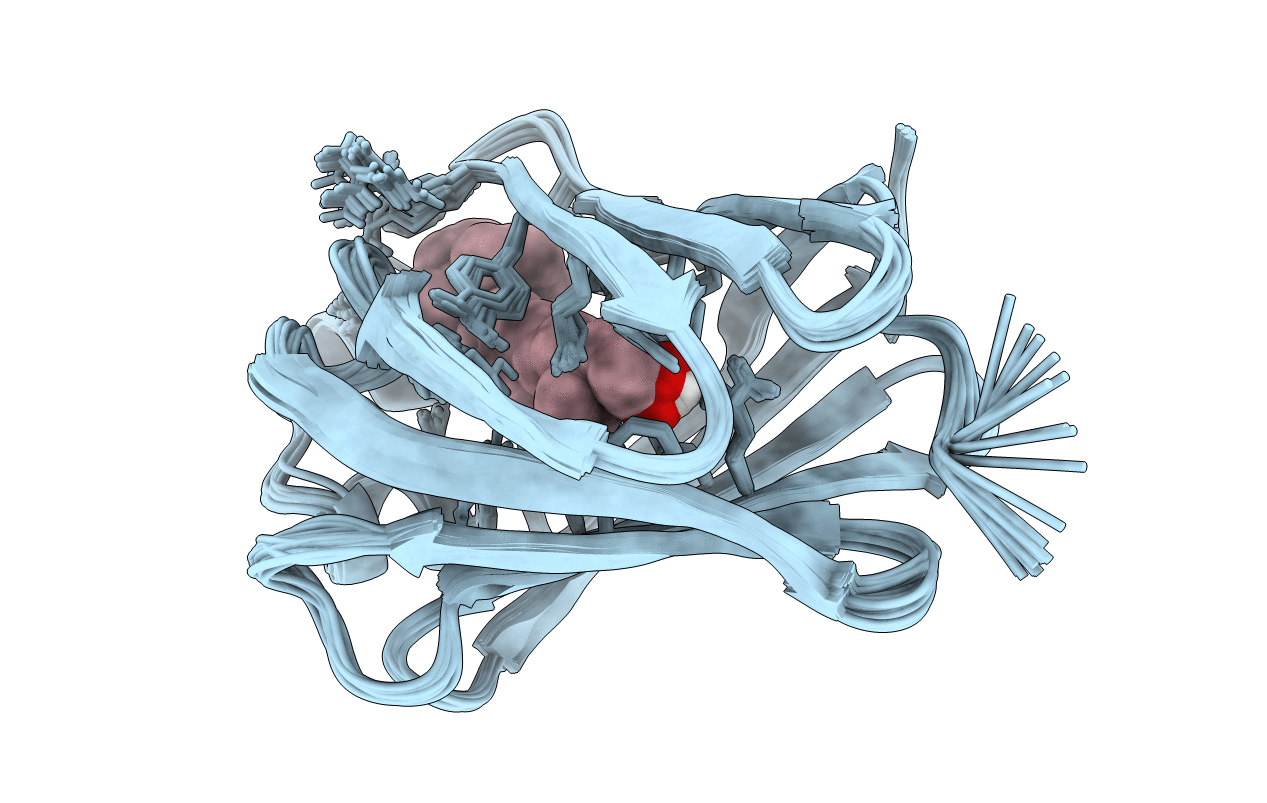
Deposition Date
2001-11-27
Release Date
2002-06-19
Last Version Date
2024-05-22
Entry Detail
PDB ID:
1KGL
Keywords:
Title:
Solution structure of cellular retinol binding protein type-I in complex with all-trans-retinol
Biological Source:
Source Organism:
Rattus norvegicus (Taxon ID: 10116)
Host Organism:
Method Details:
Experimental Method:
Conformers Calculated:
100
Conformers Submitted:
20
Selection Criteria:
target function


